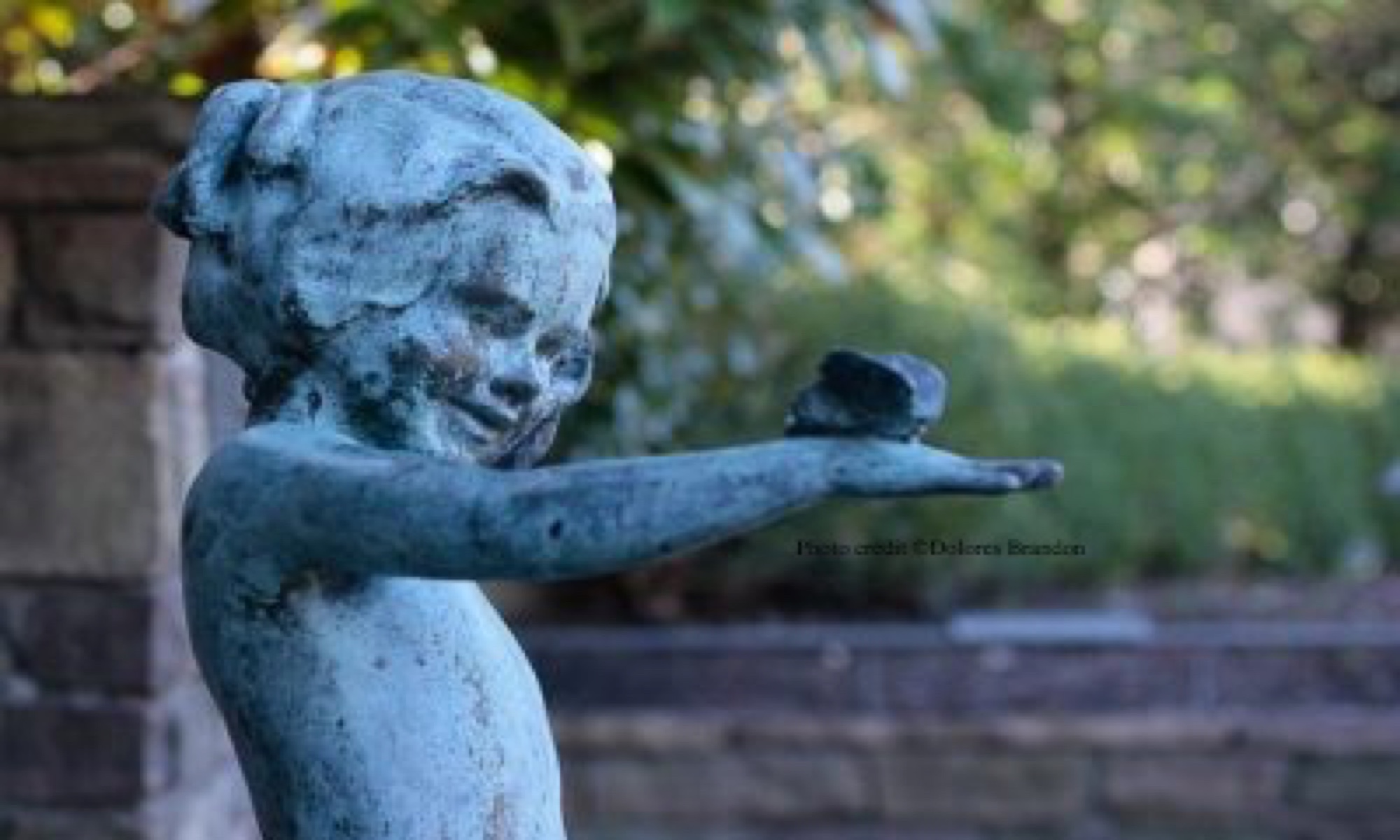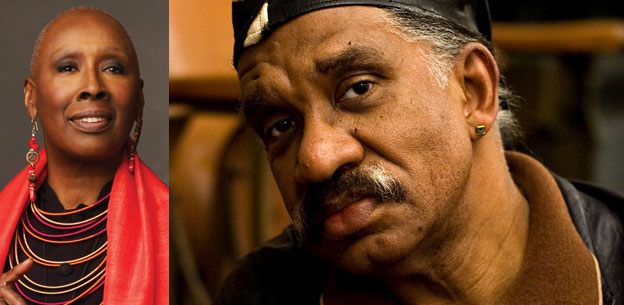I interviewed Garth Fagan (December 1993) in conjunction with profiles produced on Judith Jamison and the Alvin Ailey American Dance Theater for Crossroads – a radio magazine (distributed via NPR).
Photo Credits: Judith Jamison – Andrew Eccles | Garth Fagan – Courtesy of Garth Fagan Dance
www.651arts.org
With Judith Jamison at the helm in 1993, The Alvin Ailey American Dance Theater was celebrating its 35th anniversary birthday. For the occasion, Jamison commissioned choreographer Garth Fagan (a long-time friend and dance colleague) to create a piece for the company. Jukebox for Alvin is a four part dance work. Each section has a title Present Absence, Present Present, Cajun Waltz and Absent Absence
In his own words
BRANDON: What it is you wanted to achieve with Jukebox for Alvin ?
FAGAN: First of all, it’s a piece that’s ten years late. Alvin invited me to create a work for the company ten years ago. But between his touring schedule and mine we just couldn’t get it together. I’m very happy to be doing it finally.
The piece is very emotional and personal; that’s why I call it a jukebox. When you use a jukebox, you make choices that are not intellectually sound; it’s all emotion, you punch what you want to hear. It’s built on a wide range of musical styles – all pieces Alvin and I listened to and had fun with.either on my porch in Rochester, or in his apartment on 81 St. in Manhattan
BRANDON: If you would give us a brief synopsis of the four parts to this work.
FAGAN: Sure.
Present Absence, set to music of Dvořák, describes the ongoing pain that you feel when you lose someone of the importance, value, generosity, and creativity of an Alvin Ailey; and at the same time it celebrates him as a young man with his victory and all his genius. At the same time it celebrates – the incredible, Desmond Richardson, [soloist] – a dancer who looks a lot like Alvin physically.
Present Present has to do with the contrast of straight lines, and fluid Caribbean movement, that sense of orderless order, chaos and non-chaos.
Cajun Waltz is choreographed to music by Taj Mahal. Taj has been working for years and the quality of his work is always high. He’s just a great artist. The fun Taj Mahal has with the complexities of the bayou Cajun culture, makes for a fun piece.
Absent Absence is created to a score by Keith Jarrett with the soprano saxophone and pipe organ. This for me [expresses how you feel] when it finally hits, when you really realize that this person is gone GONE, it’s over; you accept it as a human being, and kind of say goodbye. It’s prayerful and it’s spiritual and it’s one of my favorite sections. It’s danced by Sarita Allen, Danielle Gee, Leonard Meek, Desmond Richardson and the wonderful Renee Robinson. This last section is a version of hope, and celebrates the virtuosity of the Ailey Company.
What I was trying to do with the entire piece, and in the last section in particular, was to find a blend between Garth Fagan’s choreographic and movement styles, and the Ailey movement style.
I didn’t want to change Ailey; I just wanted to give them a sense of my style, to find that blend. It was interesting for me to find where they harmonized and where they didn’t. And the sense of repetition, classes, rehearsal, and the process of doing it again and again until you get it right, which is Ailey, which is any professional dance company and artist of substance.
BRANDON: How would you define the Ailey legacy?
FAGAN: Brilliance. Technique, really technical prowess, and a sense of theatrical warmth, which embraces and invites the audience in. That is why when you come to City Center you see people from all over the world coming here enjoying this dance company. That was important to Alvin – come in and enjoy this. But people sometimes do not see the substance that is there in the work, you know, they just go for the entertainment value, but there’s great substance in the repertory, and in the company.
Of course Revelations is a masterpiece, but he did many wonderful pieces besides.
BRANDON: How did Alvin Ailey redefine American dance?
FAGAN: By including African American life, movement, rhythms; by including African American joy and despair on the stage in a modern dance, contemporary (sometimes abstract) form. And he also opened it up to the public at large where everybody could come in and enjoy a modern dance concert without having to have studied at Julliard, or without having a strong arts background. At the same time the cognoscenti, those who have a strong arts background and studied at Julliard, could enjoy it as well.
BRANDON: Judith Jamison. Where is she taking the company? How has it changed with her at the helm?
FAGAN: Judy is the perfect person to take over this company because she (besides being a great dancer) was one of Alvin’s favorite people. They were incredibly close.
She was the world’s first box office modern dance star. And what a star she was! I adore her. We’ve been friends for years. I created the last solo [in Jukebox] for her.
What I’ve seen in the company since she’s been there is a return to artistry, the kind of artistry that was there when Alvin was alive. That got lost for a while. [Maybe it was their grief over that loss] – whatever, people lost it for a while and she’s bringing it back – that sense of artistry, that sense of edge and personal depth.
Artists and great artistic institutions need an artistic human head, someone who can see from night to night what happens, and who can grieve with the dancer, or goose a dancer when they need it, whatever. But a human being, not a robot; and Judy’s that, she’s all encompassing. She did it, she knows the pain, she knows the ecstasy, she knows the repertoire, she knew the man.
THE END

